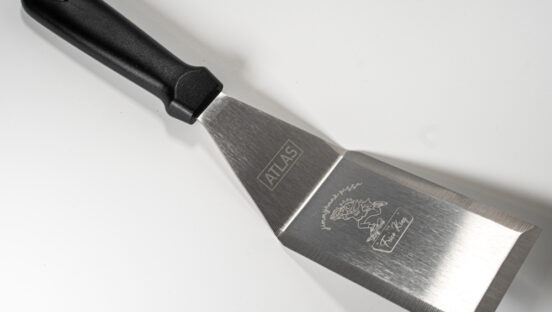The popularity of pizza and chicken wings has created an unanticipated and little-known problem for the environment, according to a report from the New York Times. But, since they’re so inexpensive, they’re also helping combat food insecurity, one dairy industry executive argues.
In a December 24, 2023 story, the Times said that crops grown to meet the burgeoning demand for these two top pizzeria menu items have taxed groundwater supplies in key agricultural regions around the U.S.
Arkansas, for example, has dedicated huge swaths of land to growing soybeans that provide chicken feed, while Idaho has become America’s largest producer of alfalfa, which feeds cows that supply the state’s cheese factories. Both crops are water-intensive, the Times reported.
Related: Americans are increasingly concerned about food and sustainability
According to the Times report, U.S. per-person consumption of cheese has doubled since the early 1980s, “largely in the form of mozzarella-covered pizza pies,” while the average American ate 100 pounds of chicken in 2022—twice the amount 40 years ago.
Crops for feeding animals require irrigation water from aquifers and have “expanded into areas that don’t have enough water to sustain them, affecting some important aquifers across the country by contributing to groundwater overuse,” the Times reports. “Aquifer depletion for animal feed is occurring in places including Texas, the Central Valley of California, the High Plains in Kansas, Arizona and other areas that lack enough water from rivers and streams to irrigate the crops.”
Mesfin Mekonnen, a professor of environmental engineering at the University of Alabama, studies the water footprint of food. He noted that Americans are paying more heed to environmental problems such as greenhouse gas emissions from ranching and agriculture, but “water usage in food production is still an aspect that is not widely discussed.”
A previous New York Times investigation found that agriculture and industry have “severely overtaxed” the country’s aquifers, which provide 90% of America’s water systems. “The decline of the aquifers could affect what Americans eat and potentially become a threat to America’s food supply,” the Times asserts.
Many of the regions dedicated to growing key crops are in the American West, which already suffer from a lack of water.
However, Marissa Watson, vice president of sustainability for Dairy West—which represents farmers in Idaho and Utah—noted that low-cost dairy products have a social benefit. Dairy, she said, “is a really affordable protein,” especially compared to oat milk, which is less water-intensive but far costlier to produce. That means high dairy production helps combat food insecurity in the U.S., in which case, she said, “you’re having a very different conversation.”
Additionally, alfalfa isn’t grown exclusively for feeding milk cows for the dairy industry, noted Rick Nearabout, chief executive officer of the Idaho Dairymen’s Association. He pointed out that some of it feeds beef cattle, and some gets exported to other countries.













